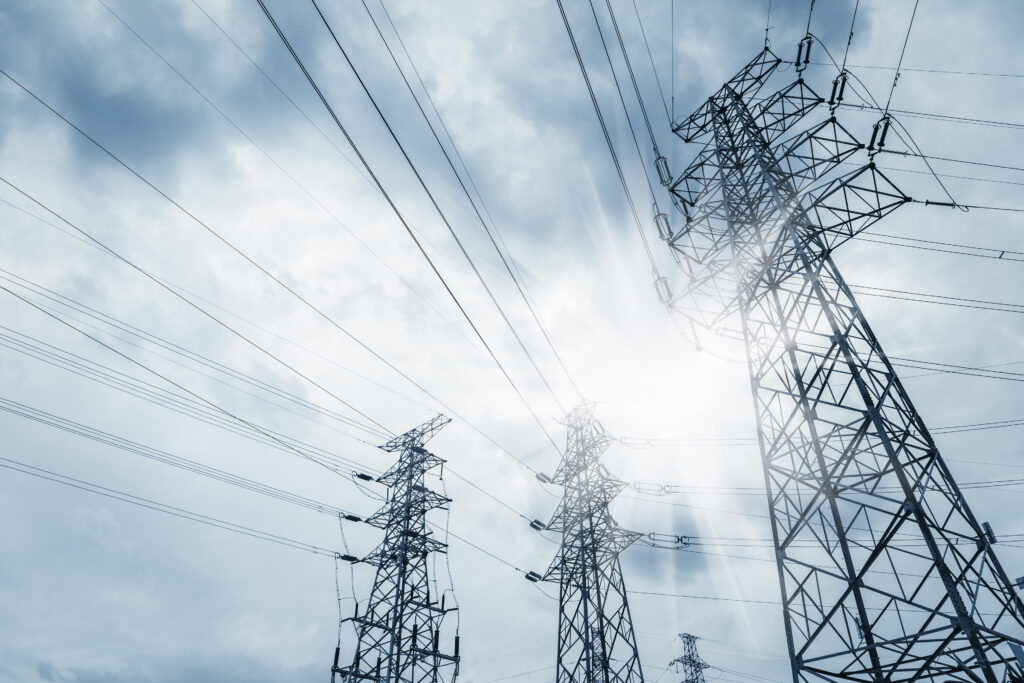
Energy prices, CO₂ emissions and allowance prices are rising, but for how long?
Mitigation measures Many governments have introduced mitigation measures such as tax and duty relief or price caps on energy bills – targeted specifically at those citizens vulnerable to “energy poverty”. Increased energy costs are mostly being driven by higher gas prices. The spot price of natural gas in the UK in January was 3-4x that of the …


